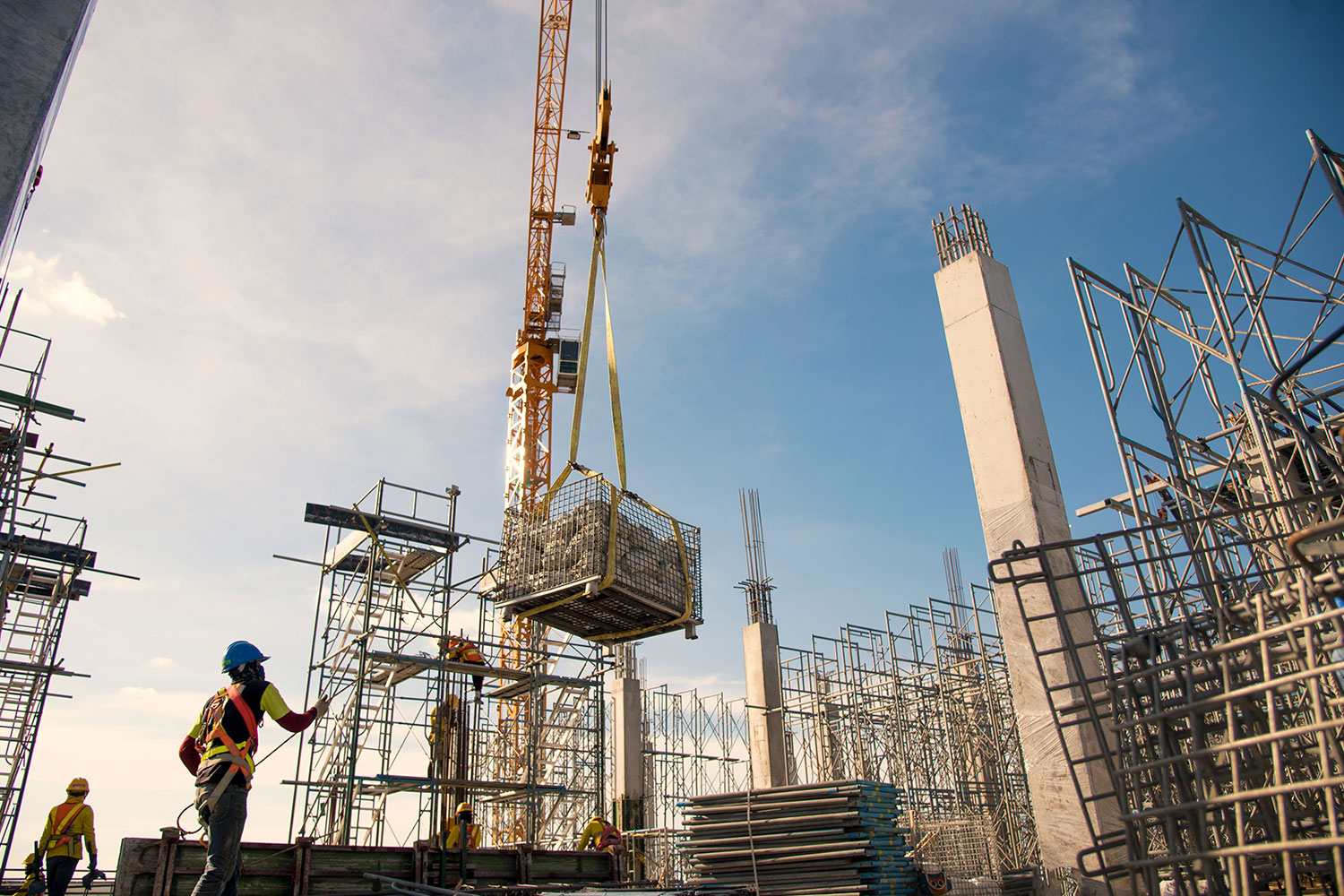Overview
Cranes are practical and powerful pieces of equipment, but when used improperly they can tip over, collide with other pieces of equipment, interfere with electrical lines, or cause debris to fall. Because of their sheer scale and the nature of their operation, the injuries suffered by those in crane-related accidents are often severe and frequently result in loss of life.

Unfortunately, many crane-related personal injuries and crane accident deaths are caused by negligence, improper management, faulty design, and additional avoidable factors. Cranes need to be inspected regularly, operators need to be thoroughly trained, and proper supervision is required. Inclement and/or hazardous weather conditions also need to be taken into account. The failure to comply with best practices can lead to disastrous consequences for construction workers and pedestrians near crane sites.
According to 2019 data from the Bureau of Labor Statistics, there were an average of 42 crane-related deaths per year from 2011 to 2017, with a total of 297 fatalities reported. These incidents took place primarily in the private constriction and manufacturing industries. About half of these fatal crane injuries involved the worker being struck by a falling object or equipment. Transportation incidents and falls to a lower level each made up ~13% and ~14% of the remaining fatal incidents, respectively.
From broken bones to paralysis and even death, crane accidents are usually extremely serious and tragically preventable. If you or a loved one has been injured in a crane accident, it is critical that you consult with a qualified personal injury attorney as soon as possible. For your injury claim to have the best chance for success, it is also important to start taking evidence-gathering steps right away. Contact our team to learn more about your options.

